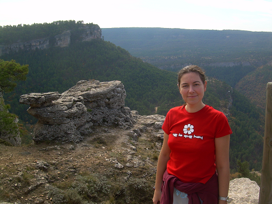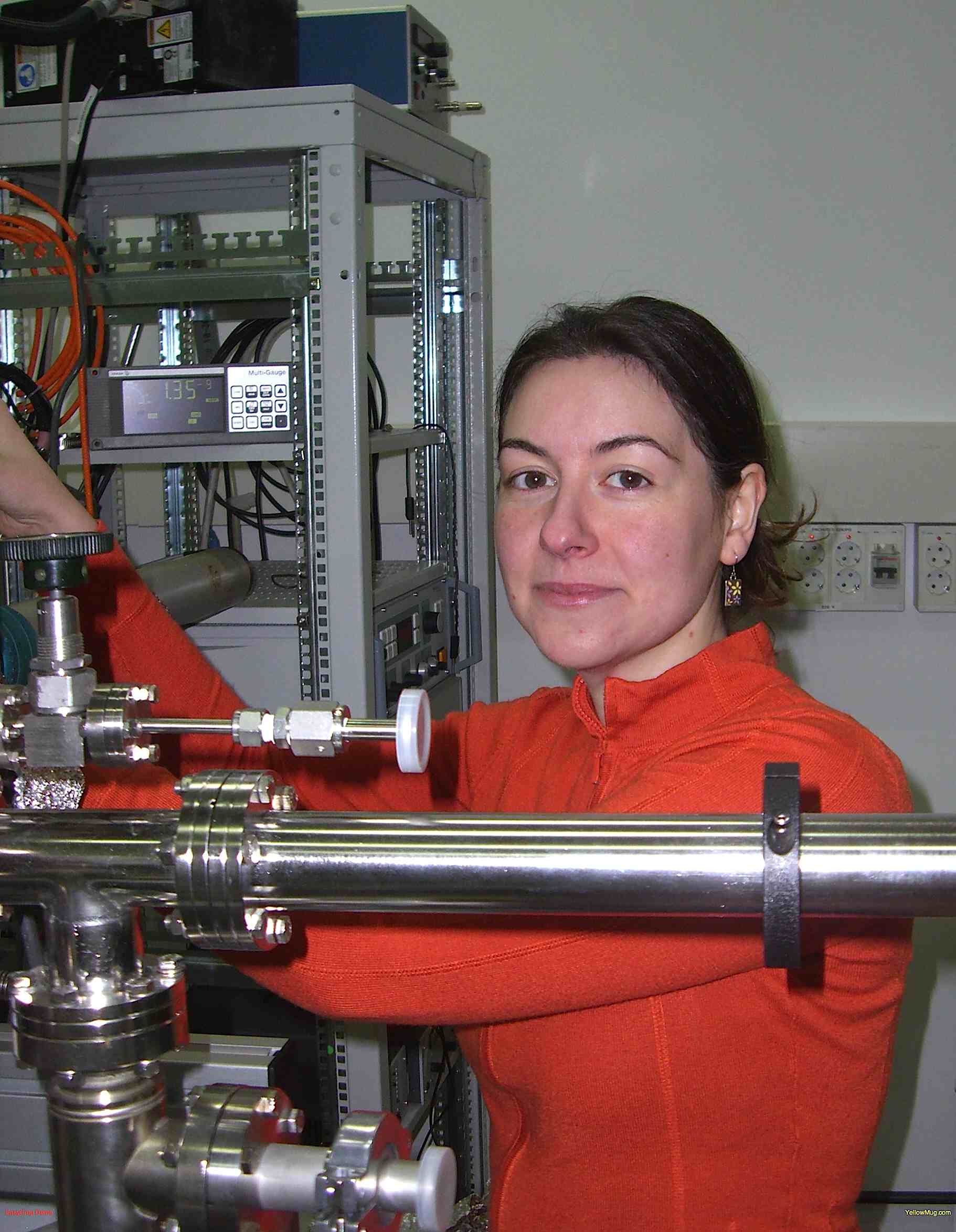Hi,
I am from Oviedo, in the north of Spain, where got a degree in Chemistry at the Universidad de Oviedo. After one year as Erasmus student in Germany, where I worked with ceramics and polymers, I came to Madrid, where I am now finishing my PhD, at the Instituto de Ciencia de Materiales de Madrid, working with Dr. Javier Méndez.
The main aim of my Thesis is about STM and metal-organic nanostructures of PTCDA molecules and iron atoms on a gold (111) substrate, but I have also worked in XPS, AFM, contact angle measurements, mechanical stimulated chemical desoption, and other techniques.…
Next year I would like to do a postdoctoral work anywhere in the world.
Publications:
– Metal-organic extended 2D structures: Fe-PTCDA on Au(111). Álvarez, L., Peláez, S., Caillard, R., Serena, P.A., Martín-Gago, J.A., Méndez, J. Nanotechnology 21 (30), art. no. 305703 (2010)
– Study of the morphology of NiO nanostructures grown on highly ordered pyrolytic graphite, by the Tougaard method and atomic force microscopy: A comparative study. Preda, I., Soriano, L., Alvarez, L., Méndez, J., Yubero, F., Gutiérrez, A., Sanz, J.M.Surface and Interface Analysis 42 (6-7), pp. 869-873 (2010)
– Application of diamond-like carbon coatings to elastomers frictional surfaces. Martínez, L., Nevshupa, R., Álvarez, L., Huttel, Y., Méndez, J., Román, E., Mozas, E., (…), Faverjon, F. Tribology International 42 (4), pp. 584-590 (2009)
– Interface effects in the Ni 2p x-ray photoelectron spectra of NiO thin films grown on oxide substrates. Preda, I., Gutiérrez, A., Abbate, M., Yubero, F., Méndez, J., Alvarez, L., Soriano, L. Physical Review B – Condensed Matter and Materials Physics 77 (7), art. no. 075411 (2008)
– Surface analysis of NBR and HNBR elastomers modified with different plasma treatments. Martínez, L., Álvarez, L., Huttel, Y., Méndez, J., Román, E., Vanhulsel, A., Verheyde, B., Jacobs, R. Vacuum 81 (11-12), pp. 1489-1492 (2008)
Buscavidas ‘cum laude’. Se trata de una nueva generación de españoles sobradamente preparados que se marcha a trabajar fuera por las sombrías perspectivas laborales en el país. Llevan a la práctica el consejo que dio hace un año el Nóbel de Economía Paul Krugman: «España tiene un 18% de desempleo y necesita que los trabajadores se trasladen a otras partes de Europa». A universidades de Reino Unido, Alemania o los países nórdicos han llegado muchos investigadores españoles en lo que responde a un fenómeno de fuga de cerebros: profesionales formados por un sistema que luego es incapaz de absorberlos en su etapa más productiva. Considerando estos perfiles cualificados y otros más modestos, se calcula que unos 120.000 españoles han abandonado el país en los últimos dos años en busca de un mejor horizonte laboral.



